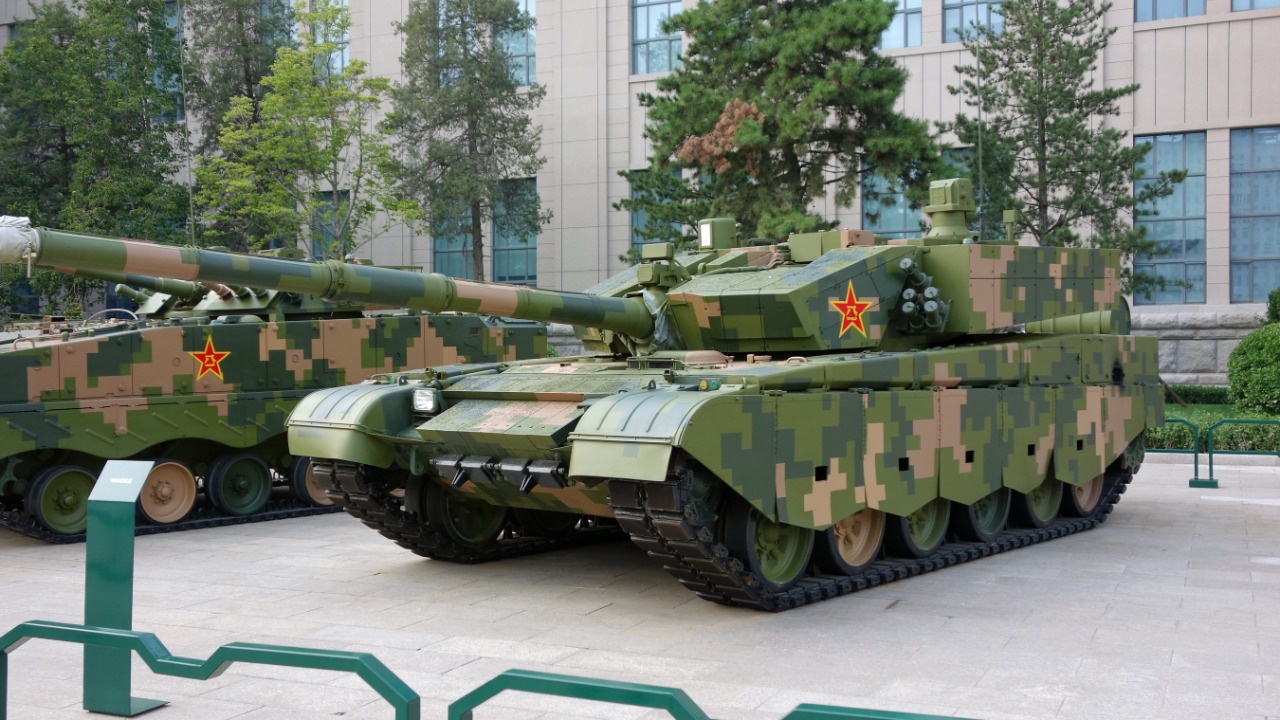
Chinese military engineers are on the brink of a significant breakthrough in armored warfare technology. They are developing advanced targeting systems for main battle tanks that could enable them to detect and strike targets beyond direct line-of-sight, a capability akin to that of fighter jets. This development could potentially revolutionize armored warfare by allowing tanks to engage hidden enemies without exposure.
Current Limitations of Tank Targeting Systems
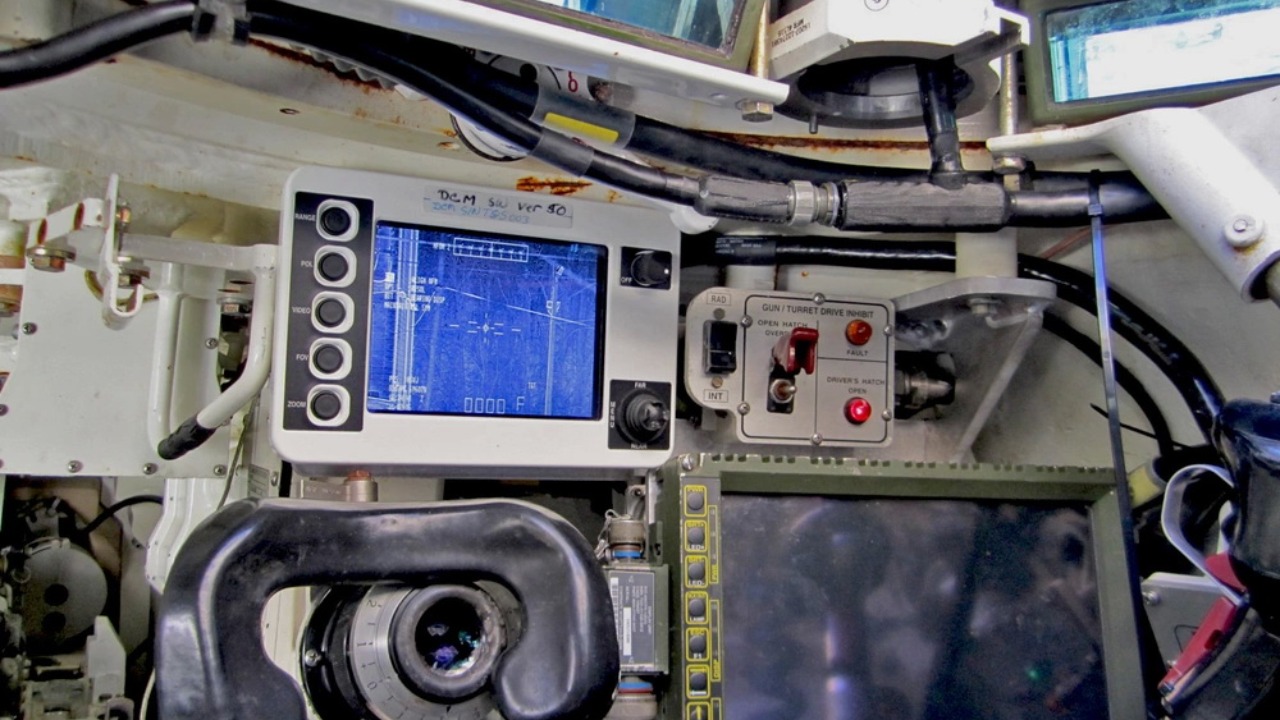
Traditional tank fire control systems are primarily dependent on line-of-sight targeting. This limitation often hampers their effectiveness against concealed or distant threats in modern battlefields. Recent conflicts have provided numerous examples where tanks struggled to engage unseen artillery or infantry positions due to terrain obstacles. This inability to detect and neutralize threats from a distance often forces tank crews to advance for visual confirmation, thereby increasing their vulnerability to anti-tank weapons.
Such a scenario not only puts the crew at risk but also compromises the strategic advantage of the armored unit. The need for direct line-of-sight exposes the tank to enemy fire before it can effectively engage the threat. This limitation has been a significant concern for military strategists and has prompted the development of beyond-line-of-sight technology for tanks.
Emergence of Beyond-Line-of-Sight Technology
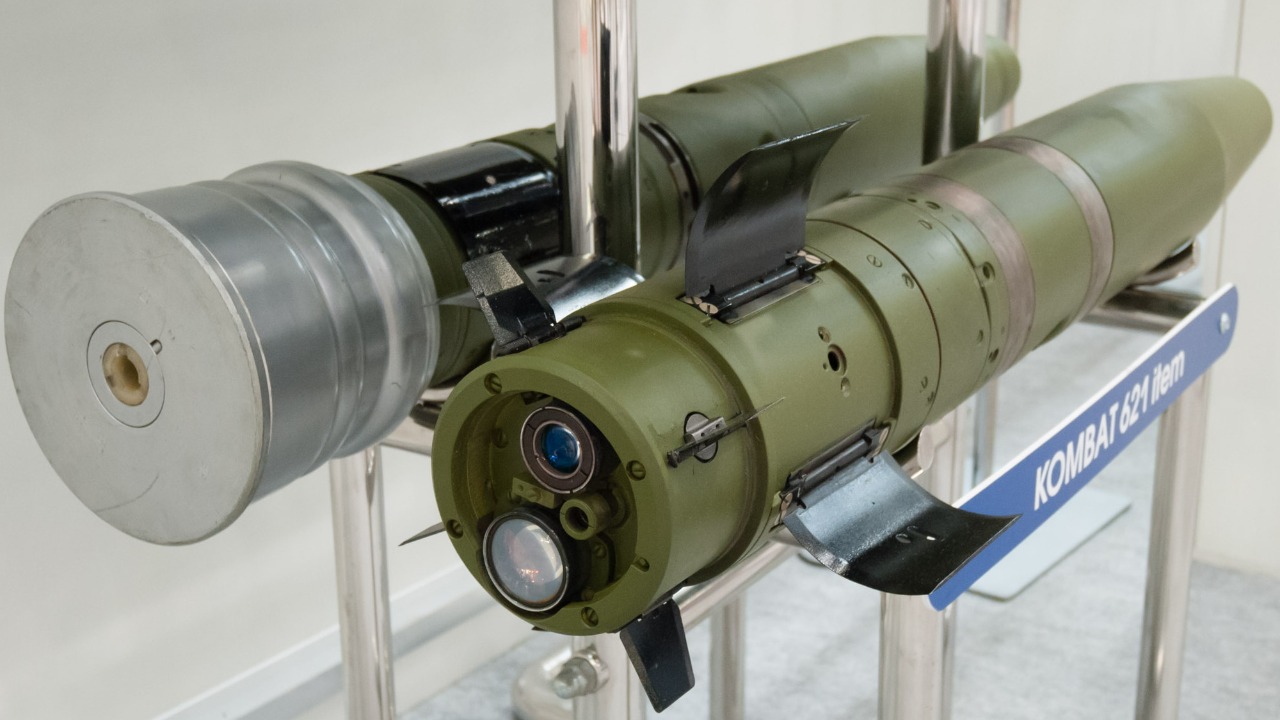
Chinese engineers are integrating sensor fusion in their tank prototypes to overcome the limitations of line-of-sight targeting. This technology combines radar, infrared, and laser systems to identify targets hidden by smoke, foliage, or elevation. The integration of these systems allows the tank to detect and engage targets without the need for direct visual contact, thereby significantly enhancing its combat effectiveness.
Artificial Intelligence (AI) plays a crucial role in this new technology. AI algorithms process sensor data to predict target movements and calculate firing solutions autonomously. This approach draws heavily from fighter jet avionics, adapting air-to-ground strike methods for ground vehicles. The result is a tank that can engage targets in a manner similar to a fighter jet, striking unseen enemies without exposing itself to direct fire.
Key Components of the New System
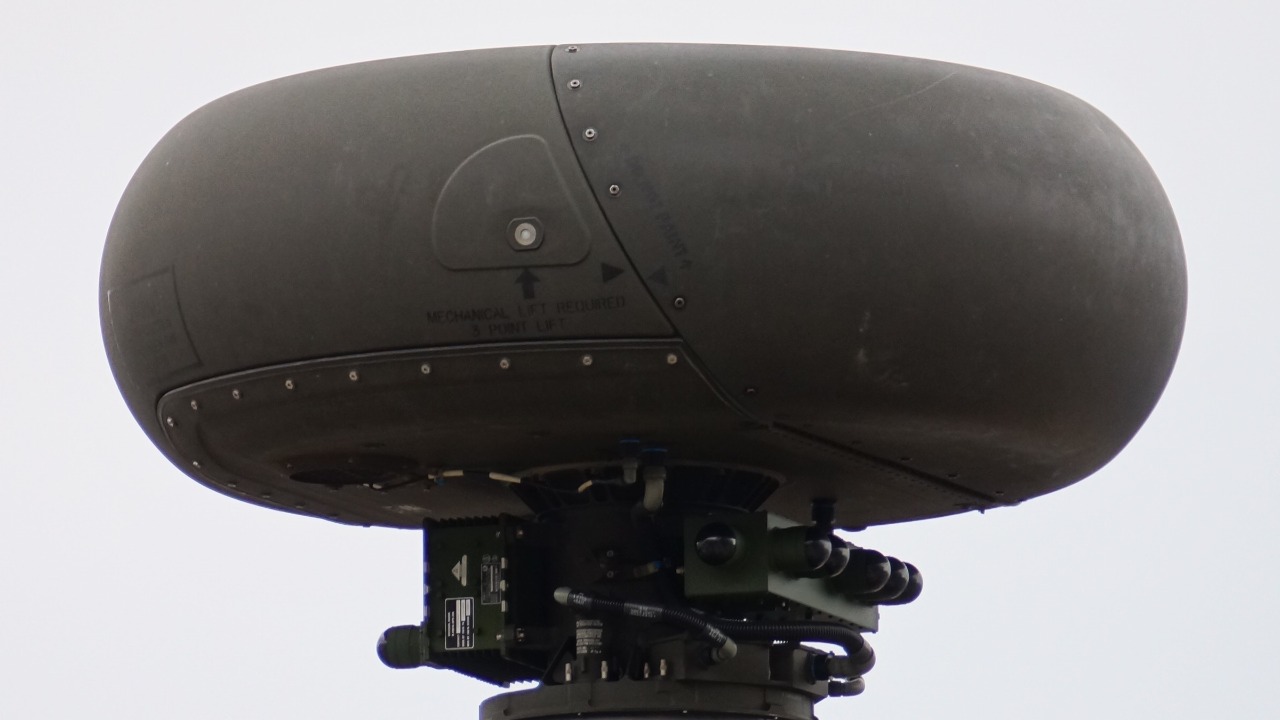
The new targeting system incorporates several key components to enhance its effectiveness. One of these is the use of active protection systems paired with millimeter-wave radar for real-time threat detection up to several kilometers away. This capability allows the tank to identify and engage threats before they come within striking distance, thereby enhancing its survivability on the battlefield.
Another key component is the incorporation of networked data links. These allow tanks to share targeting information with drones or other units, enabling coordinated strikes on enemy positions. The system also features upgraded fire control computers that enable indirect fire modes, similar to how jets use GPS-guided munitions. This capability allows the tank to engage targets accurately even without direct line-of-sight.
Development Timeline and Testing
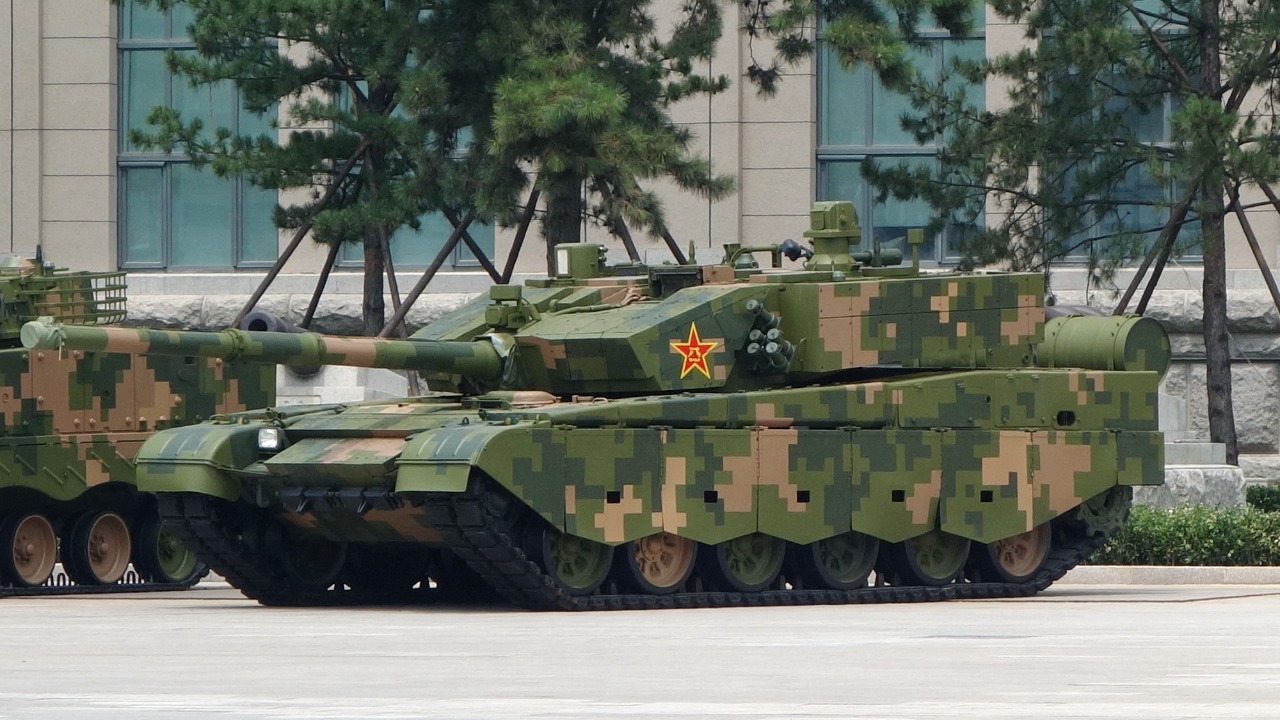
The development of this advanced targeting system has progressed from conceptual designs in state-owned research institutes to field trials on Type 99A tank variants. These trials have reportedly been successful in both arid and urban simulation environments, demonstrating the system’s accuracy against moving targets obscured by barriers.
Deployment timelines suggest that the initial rollout of this technology could occur within the next few years for People’s Liberation Army units. This timeline indicates the high priority that the Chinese military places on enhancing the capabilities of its armored units.
Strategic Implications for Armored Warfare
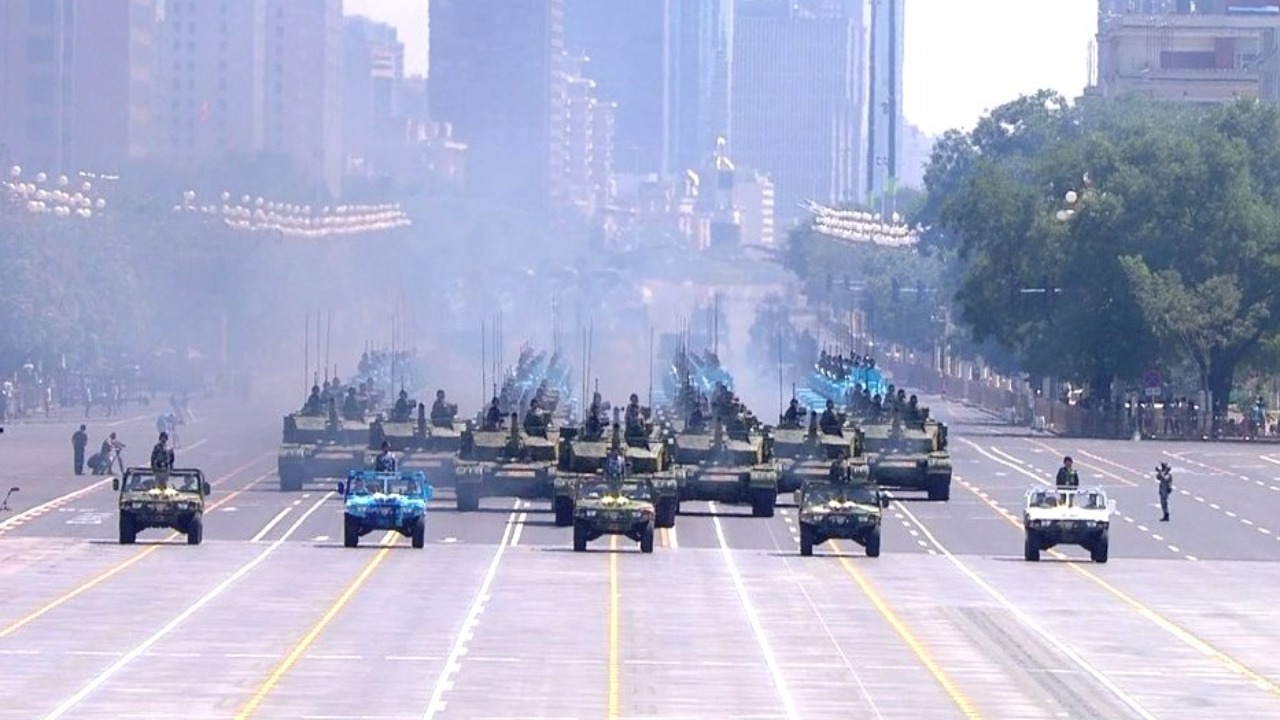
The introduction of beyond-line-of-sight targeting technology could significantly shift tactics in peer conflicts. Chinese tanks equipped with this technology could neutralize enemy positions preemptively without advancing into kill zones. This capability would give them a significant advantage in armored warfare, allowing them to engage the enemy on their terms.
The deterrent effect of this technology on adversaries should not be underestimated. Tanks equipped with this technology gain standoff striking power traditionally reserved for air forces. This development is part of broader PLA modernization efforts, which include the integration of hypersonic munitions for enhanced lethality.
Challenges and Countermeasures
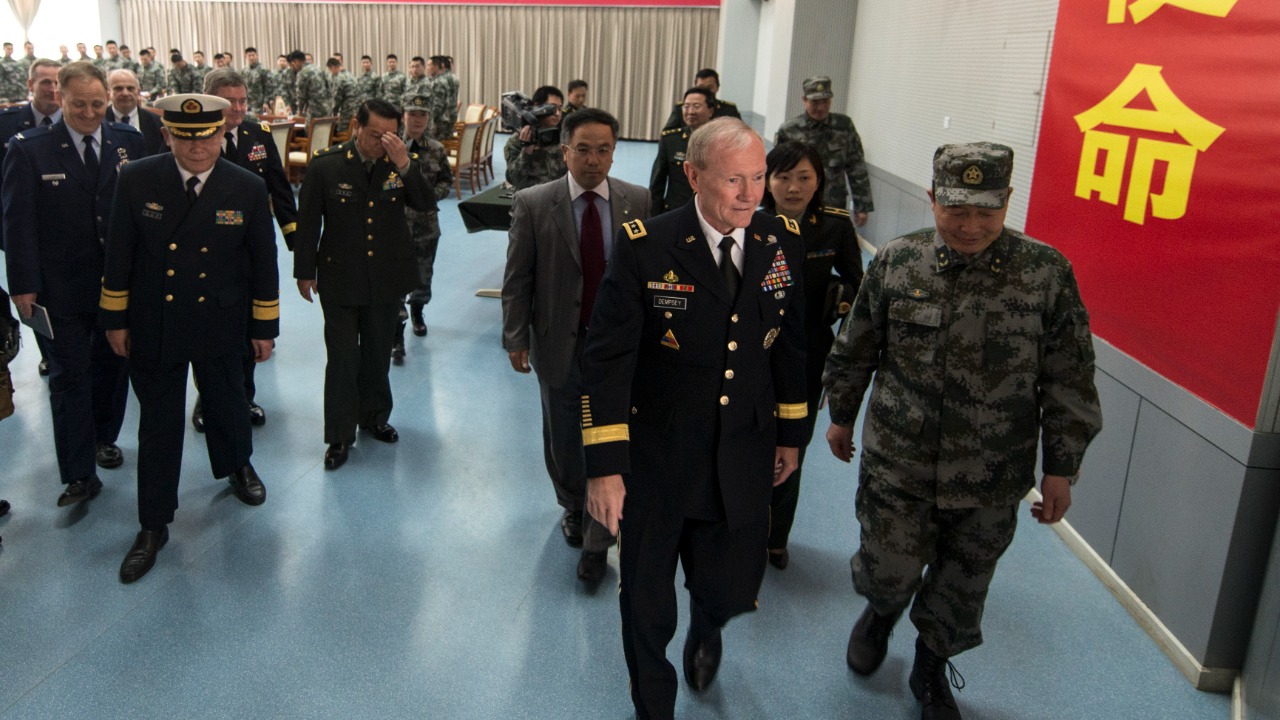
Despite its potential advantages, the new targeting system faces several challenges. One of these is the threat of electronic warfare jamming, which could disrupt sensor accuracy in contested environments. Opposing forces could also employ advanced camouflage or anti-radiation missiles to target tank sensors, thereby neutralizing their beyond-line-of-sight capabilities.
Logistical issues also pose a challenge. The new system requires increased power supplies and data processing capabilities, which could strain the resources of mobile tank platforms. However, these challenges are not insurmountable and can be addressed through further technological advancements and operational planning.
Global Comparisons and Future Outlook

The development of beyond-line-of-sight targeting technology for tanks is not unique to China. Similar programs are underway in the West, such as the U.S. Army’s optional manned fighting vehicle with integrated targeting suites. However, the rapid progress made by Chinese engineers suggests that they could be among the first to deploy this technology on a large scale.
The export potential of this technology could enhance China’s influence in global arms markets. Countries seeking to modernize their armored units could turn to China for advanced tanks equipped with beyond-line-of-sight targeting technology. This development could have broader impacts on international military balances, as ground forces worldwide adopt air-like precision strike roles.
Overall, the development of beyond-line-of-sight targeting technology for tanks represents a significant advancement in armored warfare. While challenges remain, the potential benefits of this technology could revolutionize the way tanks are used on the battlefield, enhancing their effectiveness and survivability in modern combat environments. Interesting Engineering reports.